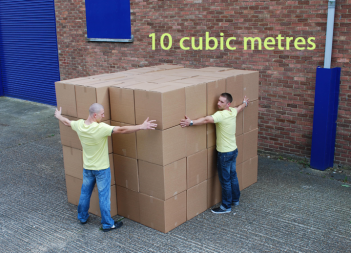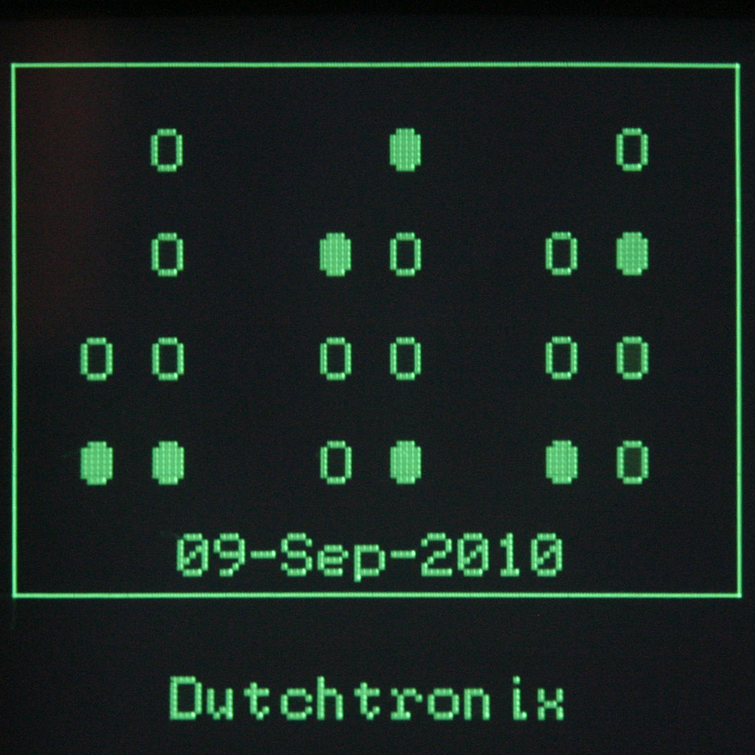Researchers in Germany may have finally solved a bottleneck that has been halting the progress of hydrogen power tech for years. Instead of storing hydrogen in cumbersome tanks, the researchers have proposed utilizing a magnesium-based paste that can store hydrogen energy at 10 times the density of a lithium battery.
While hydrogen gas itself is lightweight (it’s the lightest element in the universe) and has a phenomenal energy density — both ideal qualities you want to see in a transportation fuel — containing the gas requires expensive bulk storage.
The researchers combined magnesium and hydrogen at around 350 °C (662 °F) and five to six times atmospheric pressure to form magnesium hydride. They then added an ester and metal salt to form a viscous goop known as “Powerpaste”.
According to the researchers, the paste can be loaded into cartridges that can be easily and quickly replaced to restore power. The hydrogen is released from the cartridge when the paste is placed in a chamber where it reacts with water at a controlled rate. The paste is stable at temperatures up to 250 °C (482 °F) and can carry much more energy than a conventional hydrogen tank of the same weight. As such, a vehicle running on Powerpaste could expect to reach an autonomy comparable to — perhaps even greater — than a gasoline-powered vehicle.
I haven’t done extensive researches on this topic, apart from opening articles from different sites and comparing the content, but I’m pretty sure up to this point anything hydrogen-derived used as fuel doesn’t scale up well when comparing production/storage/transport costs to energy output.
While, if true, the fact that this powerpaste material is a giant leap forward for secure storage and transport, I’ve seen on a couple other sites that there’s still some concern regarding production.
Does the yelded energy surpass the amount of work spent while heating and simultaneously compressing the goo?I have another doubt as well. If the paste needs water to react and produce energy, how much water is needed?
Like, would I need a 50 liters tank in an hypotetical goo-powered car to travel a significant distance? Or is the amount of required water so small that it justifies the affirmation made on usage for drones?I really hope we can find an alternative to classic fuels, but I would like it to be better than the actual sources, not worse, for the environment.
Does the yelded energy surpass the amount of work spent while heating and simultaneously compressing the goo
Probably not but that’s not a requirement in practice.
IMO the long term solution will be bio ethanol.
Magnesium and Hydrogen, what could go wrong?
Sounds good, but only feasible if we drastically reduce costs for renewables. Which is not happening soon.
Probably putting hydrogen into the regular gas storage systems and using that would be a solution.
There’s a discussion on Hacker News, for those who are interested: https://news.ycombinator.com/item?id=26027288




